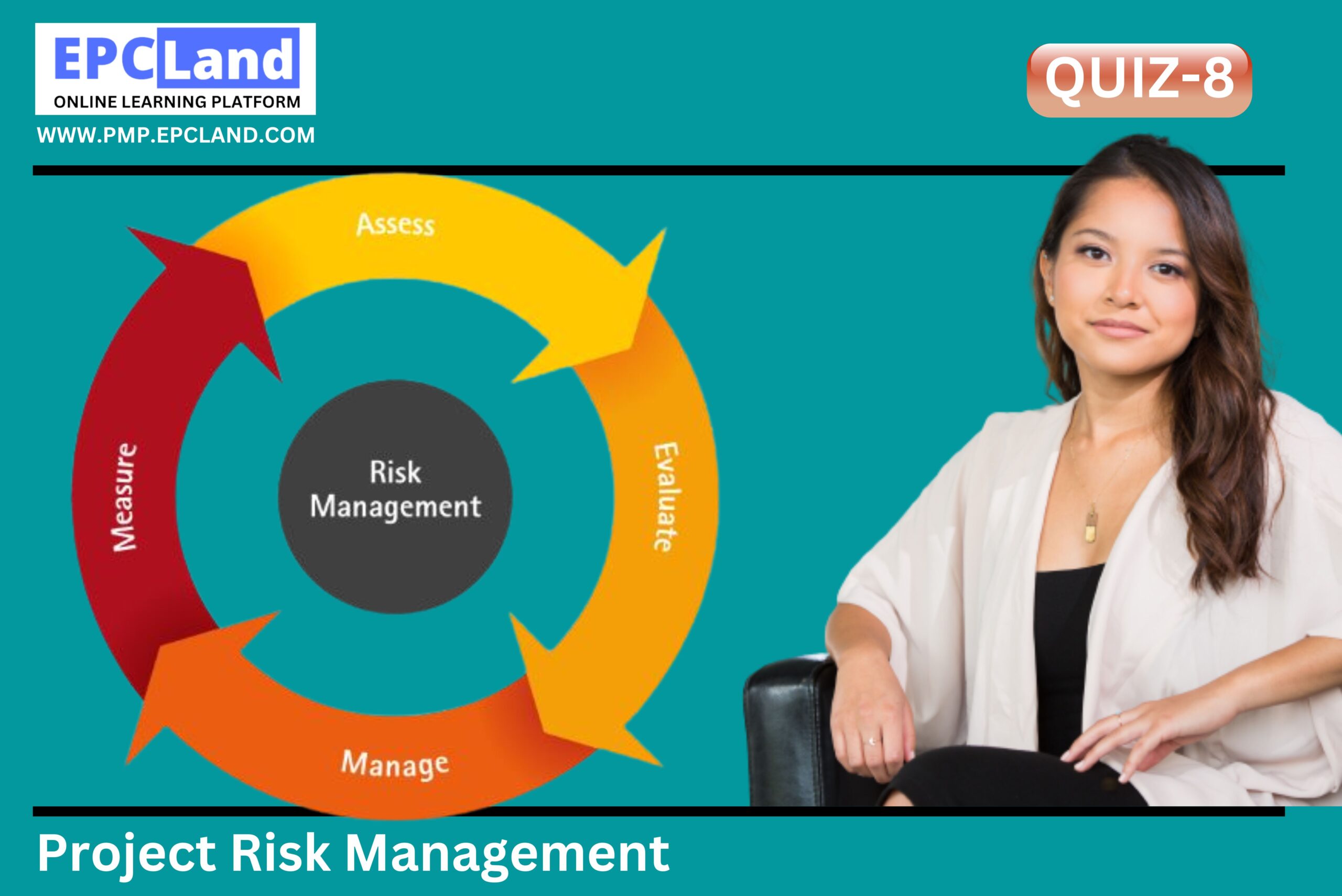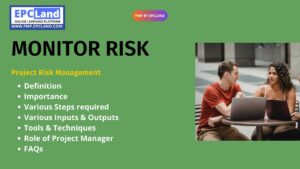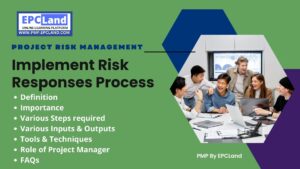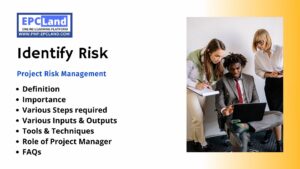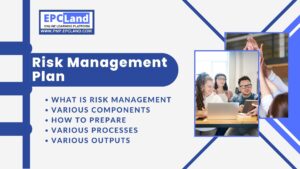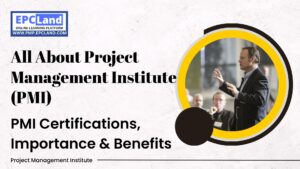1.
Joe is the project manager of a large software project. When it’s time to identify risks on his project, he contacts a team of experts and sends them a list of questions to help them all come up with a list of risks and send it in. What technique is Joe using?
2.
Which of the following is used to monitor low-priority risks?
3.
You’re managing a construction project. There’s a 30% chance that weather will cause a three-day delay, costing $12,000. There’s also a 20% chance that the price of your building materials will drop, which will save $5,000. What’s the total EMV for both of these?
4.
Tom is a project manager for an accounting project. His company wants to streamline its payroll system. The project is intended to reduce errors in the accounts payable system and has a 70% chance of saving the company $200,000 over the next year. It has a 30% chance of costing the company $100,000. What’s the project’s EMV?
5.
Risks that are caused by the response to another risk are called:
6.
You’re performing Identify Risks on a software project. Two of your team members have spent half of the meeting arguing about whether or not a particular risk is likely to happen on the project. You decide to table the discussion, but you’re concerned that your team’s motivation is at risk. The next item on the agenda is a discussion of a potential opportunity on the project in which you may be able to purchase a component for much less than it would cost to build. Which of the following is NOT a valid way to respond to an opportunity?
7.
What’s the main output of the Risk Management processes?
8.
You are using an RBS to manage your risk categories. What process are you performing?
9.
What’s the difference between management reserves and contingency reserves?
10.
Susan is the project manager on a construction project. When she hears that her project has run into a snag due to weeks of bad weather on the job site, she says “No problem, we have insurance that covers cost overruns due to weather.” What risk response strategy did she use?

